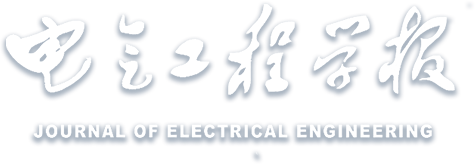Abstract:
As an efficient method to integrate distributed energy resources, DC microgrid technology has received much attention in recent years due to its high power conversion efficiency and flexible control architecture. However, the highly power-electronized nature and open-boundary characteristics of DC microgrids pose many system stability challenges, including resonance phenomena, wide-band oscillations, interaction instability and large-disturbance instability. To address these issues, scholars have investigated the system instability mechanisms through various stability analysis techniques and proposed a variety of stabilization control schemes. These schemes include the upper-level scheme by optimizing the system power flow, and the bottom-level scheme by optimizing the converter primary control. The instability mechanisms and stabilization control techniques for DC microgrids are reviewed based on the relevant literature. Firstly, the internal and external factors leading to DC microgrid instability are summarized. Secondly, the upper-level and bottom-level stabilization schemes of DC microgrids are compared and discussed respectively. Furthermore, the recent development of various stabilization technologies in the bottom-level stabilization scheme is reviewed and compared. Finally, the current research status and technological characteristics of the DC microgrids stabilization techniques are summarized, and suggestions are made for the development.


 下载:
下载: